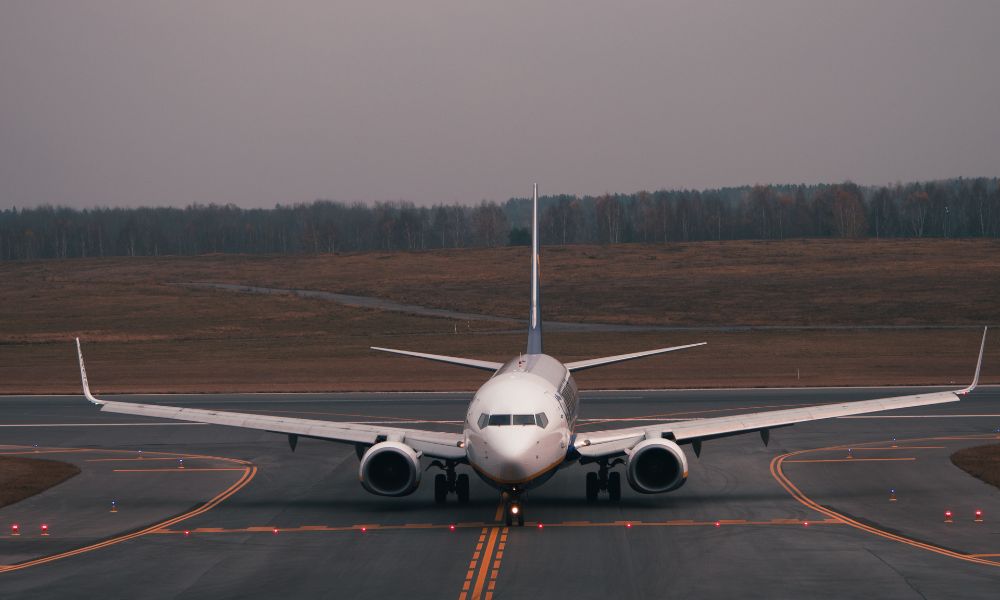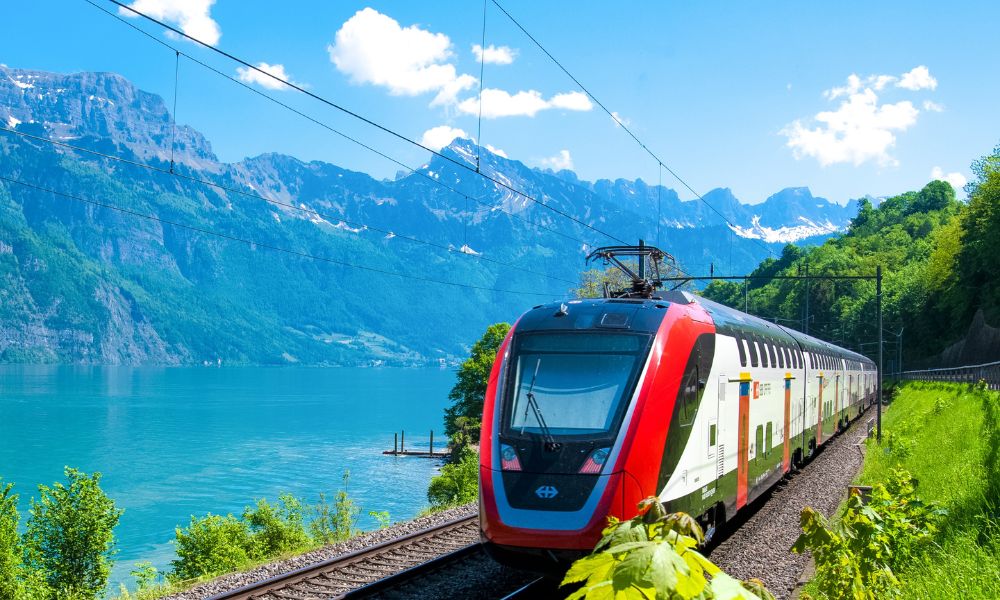An important part of organizing business trips is choosing convenient transport. There are several options, each with its own pros and cons. The employee's well-being and the success of the entire business trip depend on the speed, comfort and cost of the trip, so you should not approach the choice of transport frivolously. We will tell you about the differences, and you can start preparing. Want to save time and effort? Use business tourism services from TravelHub.
Airplane
Let's start comparing types of transport with the safest one - airplanes.

Pros
- Speed: an airplane is indispensable when it is necessary to cover thousands of kilometers in the shortest possible time. By air transport the journey will take hours, and by land transport – days.
- Distances: By plane, you can reach another continent or the most remote islands in one flight. Other routes involve a huge number of transfers.
- Capacity: If you are traveling with a large team, it is important that everyone travels as one group. Some carriers offer a group request with additional services when booking multiple tickets at once. Not aware of such offers? Check with your travel service manager .
Cons
- Cancellation risk: When going on a business trip by plane, be prepared for the flight to be postponed or cancelled. The departure time is affected by the weather, the political situation in the country, and problems with transport. In case of delays, you will have to postpone or cancel meetings.
- Limited baggage: passengers can only take a certain amount of baggage and carry-on luggage on board. If you want more, you will have to pay extra.
- Lack of connectivity: Wi-Fi is not available on all planes, and often requires an additional fee. Mobile phones are not allowed, leaving workers in the air without coverage and unable to resolve urgent issues.
- Distance from the airport: airports are built outside the city limits, tens of kilometers from the center. The road from them to the hotel can be very difficult, expensive and long.
Train

Pros
- Comfortable working environment: During a train journey, you can sit comfortably, set up your laptop for work and stretch your legs during a break.
- Connectivity: Connectivity may be interrupted if the route goes through remote locations, but in most cases the employee remains online.
- Large luggage: when boarding a train, no one weighs your luggage, although there are still restrictions. Check with the carrier for exact figures.
- Rare routes: the railway runs to a huge number of settlements of different sizes and remoteness.
- Proximity to train stations: train stations are usually located in the city center, from where it is convenient to get to the business center or hotel.
Cons
- Speed: When going on a business trip by train, keep in mind that it is significantly slower than a plane or a car, so the journey may take a day.
- Limited routes: Only in rare cases does a train route pass through several countries, usually they transport passengers within one state.
Bus

Pros
- Low cost: buses are considered the most economical option for public transport.
- Diversity of routes: buses even reach places where there is no railway or airport.
- Stops: the bus often stops at different points in one town, so you can get off at the most convenient place.
Cons
- Lack of comfort: Bus passengers have little free space and no opportunities to work or rest on the road.
Car rental

Pros
- No schedule: unlike other types of transport, in this case employees are not dependent on a schedule and can travel whenever it is convenient for them.
- Passability: it is easy to reach remote settlements or places where public transport does not go by car.
- Privacy: There are no strangers in the car next to the passengers during the trip.
Cons
- Difficulty of planning: it is almost impossible to predict in advance and accurately calculate the cost of gasoline, as well as travel time. Although there are “fuel consumption calculators” to make this task easier.
- High cost: Renting a car is more expensive than other options.
- Limited capacity: the car can accommodate a maximum of 5 people, in addition to the driver.
Tips for choosing transport
- Book everything in advance, because plane or train tickets are sold out in the first days after they become available. For convenience, do this on a business travel service .
- Determine your priority - speed, cost or comfort - and choose your transport based on that.
- Book tickets as a group - carriers often offer special conditions and discounts for large orders.
To make organizing corporate business trips easy and simple, use the TravelHub service. Here you can find transport and transfers for business trips to various places around the world.








 ios
ios
 android
android



 BYN
BYN  RUB
RUB 














